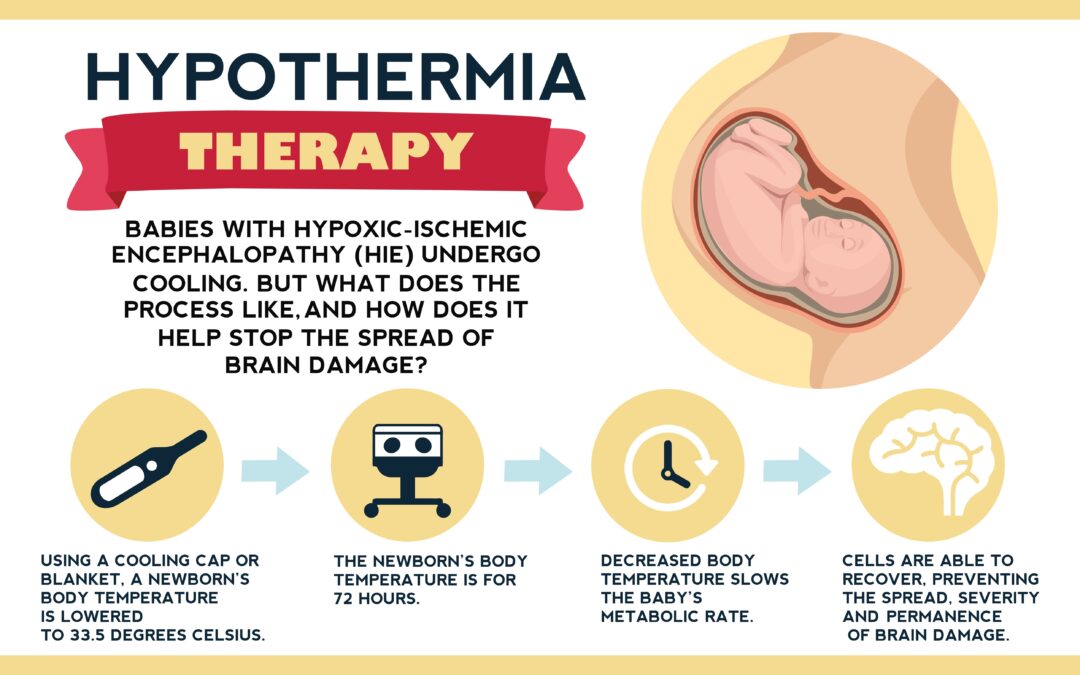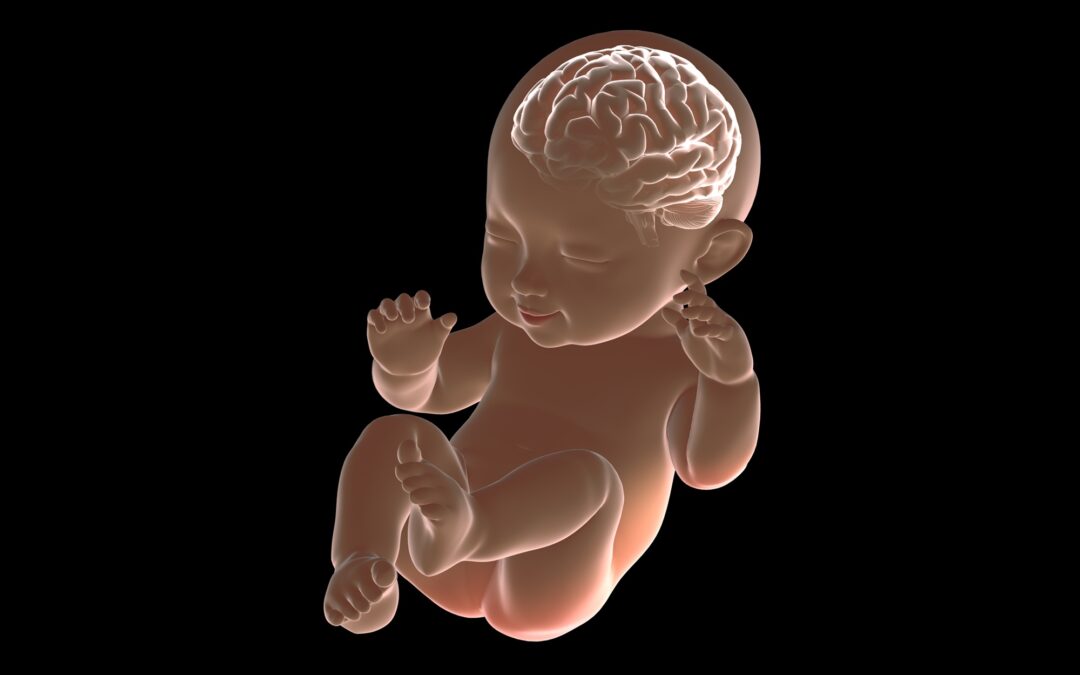
by Marcus Boston | Dec 15, 2025 | Birth Injuries, Blog, Cerebral Palsy, HIE (Hypoxic Ischemic Encephalopathy)
Families often first hear the term HIE in the hours or days after their baby is born and they then learn what is HIE in babies. It usually happens quickly, often in the NICU, and it can come as a shock, especially after a pregnancy that appeared normal...

by Marcus Boston | Dec 2, 2025 | Birth Injuries, Blog, Cerebral Palsy, HIE (Hypoxic Ischemic Encephalopathy)
When parents learn their newborn has hypoxic-ischemic encephalopathy (HIE), their world fills with urgent questions. Among the most common, and emotionally charged, is how insurance might influence their potential claim. Families are not focused on finances;...

by Marcus Boston | Nov 13, 2025 | Birth Injuries, Blog, Cerebral Palsy, HIE (Hypoxic Ischemic Encephalopathy)
The journey to understand what happened when a baby suffers a hypoxic-ischemic encephalopathy (HIE) injury is filled with difficult questions. Parents often see a chain of errors involving different medical staff and wonder how responsibility is determined. A...

by Marcus Boston | Nov 12, 2025 | Birth Injuries, Blog, Cerebral Palsy, HIE (Hypoxic Ischemic Encephalopathy)
A mother’s question about a nurse’s authority during a tense delivery highlights a crucial, yet often misunderstood, aspect of maternity care. Many families wonder if a labor and delivery nurse must simply follow a doctor’s lead, even when concerns arise. The...

by Marcus Boston | Nov 3, 2025 | Birth Injuries, Cerebral Palsy, HIE (Hypoxic Ischemic Encephalopathy)
When a child is diagnosed with Hypoxic-Ischemic Encephalopathy (HIE) or cerebral palsy (CP) after a pregnancy complicated by preeclampsia, families are often told the condition was unavoidable. This explanation, however, often overlooks the critical...

by Marcus Boston | Oct 27, 2025 | Birth Injuries, Blog, Cerebral Palsy, HIE (Hypoxic Ischemic Encephalopathy)
For parents whose child was diagnosed with Hypoxic-Ischemic Encephalopathy (HIE), the search for answers can feel overwhelming. Many mothers never realize that a key document, the C-section operative report, holds a quiet narrative of their baby’s birth. This...

by Marcus Boston | Oct 13, 2025 | Birth Injuries, Blog, Cerebral Palsy, HIE (Hypoxic Ischemic Encephalopathy)
When a newborn experiences a lack of oxygen during birth, known as hypoxic-ischemic encephalopathy (HIE), doctors have a critical window to intervene. Therapeutic hypothermia, or cooling, is a powerful treatment designed to protect the baby’s brain from...

by Marcus Boston | Oct 9, 2025 | Birth Injuries, Blog, Cerebral Palsy, HIE (Hypoxic Ischemic Encephalopathy)
When parents learn their newborn has hypoxic-ischemic encephalopathy (HIE), one of the most pressing questions is when the brain injury happened. The answer often lies in the powerful combination of two key pieces of evidence: the fetal heart monitor...

by Marcus Boston | Oct 7, 2025 | Birth Injuries, Blog, Cerebral Palsy, HIE (Hypoxic Ischemic Encephalopathy)
In legal cases involving hypoxic-ischemic encephalopathy (HIE), a single question often becomes the central battleground: When did the baby’s brain injury happen? The answer to this question determines everything about responsibility and whether the...

by Marcus Boston | Sep 16, 2025 | Birth Injuries, Blog, Cerebral Palsy, HIE (Hypoxic Ischemic Encephalopathy)
During labor and delivery, a baby’s heart rate monitor is their primary voice, providing a real-time narrative of their well-being. When medical professionals heed its warnings, outcomes are typically positive. However, when its critical signs are overlooked,...











